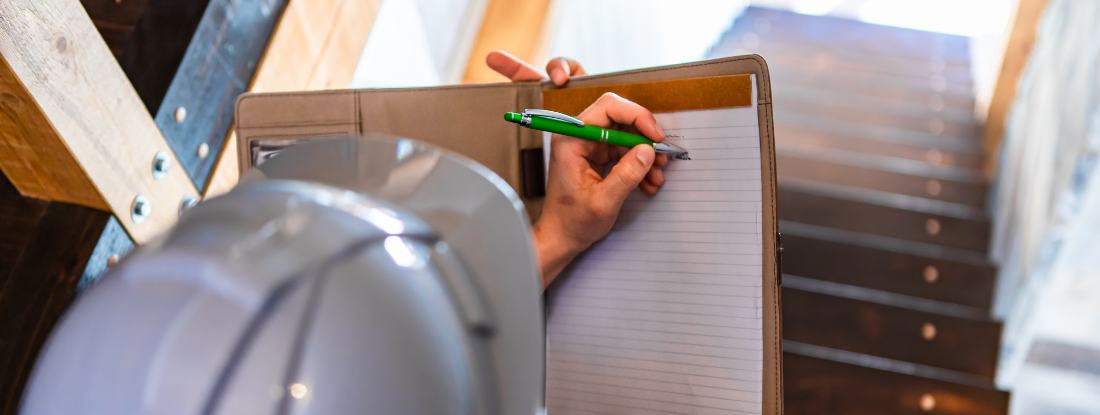Crafting an In-depth Post Mold Remediation Report
Crafting an In-depth Post Mold Remediation Report
Blog Article
Effective Article Mold And Mildew Removal Solutions for Your Home
Mold and mildew growth in homes can be a persistent problem, commonly needing a methodical technique for efficient post-remediation options. From comprehending the aspects that add to mold and mildew growth to implementing correct cleansing methods and moisture control measures, the procedure can be complex yet critical for keeping a healthy living environment. In addition, discovering all-natural remediation services and developing a regular for ongoing maintenance are crucial parts of a detailed mold removal method. As homeowners strive to resolve mold concerns, locating the most effective solutions comes to be critical for the well-being of their households.
Recognizing Mold Growth Aspects
Mold development is affected by a variety of factors that are vital to comprehend in order to efficiently attend to and prevent its proliferation. Comprehending these aspects is crucial in carrying out effective mold and mildew removal strategies. The primary element adding to mold growth is dampness. Mold spores call for moisture to germinate and prosper, making humid or damp environments extremely prone to mold and mildew invasions. Poor ventilation can also result in moisture accumulation, producing a perfect breeding place for mold and mildew.

Furthermore, air movement and light exposure can influence mold development. Locations that lack correct ventilation and natural light are extra prone to mold and mildew growth. By attending to these factors thoroughly, people can effectively minimize mold and mildew growth and guard their living environments.
Appropriate Mold And Mildew Cleaning Methods
Using reliable cleaning techniques is crucial in dealing with and protecting against the reappearance of mold and mildew contamination in indoor atmospheres. When managing mold and mildew, it is essential to prioritize safety and security by putting on protective gear such as goggles, gloves, and masks. The primary step in correct mold and mildew cleaning is to contain the damaged location to prevent the spread of spores to uncontaminated areas. This can be accomplished by sealing the area and utilizing air scrubbers or unfavorable air machines to preserve air quality.

Carrying Out Dampness Control Measures
To efficiently prevent mold and mildew development and contamination in interior settings, implementing moisture control steps is vital. Wetness is the main aspect that gas mold and mildew growth, making it crucial to manage humidity levels within the home. One efficient procedure is to utilize dehumidifiers to preserve indoor humidity levels below 60%. Additionally, guaranteeing appropriate ventilation in areas susceptible to moisture build-up, such as restrooms and kitchens, can help in reducing the risk of mold development. Consistently examining and fixing any type of leaks in plumbing, roof coverings, or home windows is also essential in avoiding excess wetness build-up. Making use of exhaust fans while cooking or bathing, and permitting air flow by keeping furniture a little away from wall surfaces can help in wetness control. Utilizing moisture-resistant products in high-humidity areas, such as mold-resistant drywall and paints, can be beneficial. By diligently implementing these wetness remove mold stains carpet control measures, property owners can effectively lower the probability of mold recontamination and keep a healthy indoor environment.
Utilizing All-natural Remediation Solutions
After effectively applying moisture control steps to stop mold growth in interior settings, homeowners can now check out the performance of natural remediation options in keeping a healthy and balanced living space. Natural remediation options make use of environmentally friendly methods to fight mold and mildew and mold, making them a prominent selection for those seeking non-toxic choices. One such remedy is making use of vinegar, an all-natural antimicrobial representative, to tidy and disinfect surface areas infected by mold and mildew. Merely thin down vinegar with water and spray it onto the influenced locations, permitting it to rest for a couple of hours prior to wiping tidy. Furthermore, tea tree oil, recognized for its antifungal buildings, can be blended with water and splashed onto mold-infested surface areas to prevent additional growth. One more natural choice is hydrogen peroxide, which can successfully kill mold on various surfaces without leaving hazardous residues behind. By integrating these natural remediation remedies right into their why not find out more cleaning routines, homeowners can effectively combat mold development while promoting a healthier interior setting for themselves and their households.

Preserving a Mold-Free Atmosphere
Regularly checking locations susceptible to mold and mildew growth, such as shower rooms, cooking areas, attics, and basements, is critical. Correct ventilation in locations with high humidity levels is also crucial to protecting against mold development.
Furthermore, keeping sanitation in the home is essential for mold avoidance. Maintaining interior plants in check and making sure correct water drainage in outdoor landscaping can lessen dampness accumulation, reducing the likelihood of mold infestations.
Conclusion
In final thought, it is important to address mold and mildew growth aspects, use appropriate cleaning methods, implement dampness control steps, utilize all-natural remediation remedies, and keep a mold-free atmosphere in order to properly handle blog post mold removal in your home - Post Mold Remediation. By complying with these strategies, you can stop mold from persisting and ensure a healthy living setting for you and your he said family
The main variable adding to mold growth is wetness. Mold and mildew spores require wetness to prosper and germinate, making damp or wet settings highly vulnerable to mold problems.To efficiently stop mold and mildew development and contamination in interior environments, executing wetness control actions is paramount. In addition, guaranteeing proper ventilation in locations vulnerable to moisture buildup, such as kitchens and restrooms, can assist decrease the danger of mold growth.After successfully applying dampness control actions to protect against mold and mildew development in indoor atmospheres, house owners can now check out the efficiency of natural remediation solutions in keeping a healthy and balanced living area.
Report this page